Home>Data Storage>9 Tips and Tricks for Securing Your Smart Home Devices from Hackers


Data Storage
9 Tips and Tricks for Securing Your Smart Home Devices from Hackers
Modified: December 7, 2023
(Many of the links in this article redirect to a specific reviewed product. Your purchase of these products through affiliate links helps to generate commission for Storables.com, at no extra cost. Learn more)
The Internet of Things (IoT) encompasses smart home devices, that connect homes to the cloud. Smart speakers, TVs, door locks, and video doorbells have become commonplace in almost half of the U.S. households. Nevertheless, securing these IoT devices poses an increasing challenge in light of the growing connectivity. Could hackers intercept data from Alexa speakers, compromise smart security systems, or infiltrate other devices on your home network?
The answer is a resounding yes. Hackers can potentially breach your smart home devices and access the stored data. However, securing smart home devices from hackers is within your power if you pay enough attention to this issue. Here are the most effective ways to protect your smart home from various cyber threats.
Tricks and Tips for Securing Smart Home Devices
#1 Limit Your Connections
Connecting your smart tech to various devices might be tempting, as it enhances convenience in your daily life. However, these numerous connections increase the risk of potential security breaches.
Imagine your smart speaker linked to your phone, laptop, tablet, and smart TV. While this setup facilitates tasks across different areas of your home, hackers can exploit these wireless connections, gaining multiple entry points into your smart home.
#2 Geofencing
Geofencing presents an exceptional smart home feature that empowers you to regulate your devices based on your proximity to your residence. Your location is determined by either your smartphone or smartwatch, enabling a range of routines that respond to your departure from or return to home.
For instance, you can utilize geofencing to ensure that your front door’s smart lock deactivates only when you are near it. By doing so, it becomes more challenging for hackers to exploit your smart lock and gain access to your home. Alternatively, you can program your smart devices to power down when you’re away using geofencing. By keeping your devices inactive, remote hacking attempts are generally thwarted.
However, it’s important to note that geofencing alone does not provide complete smart home security. Even with geofencing features in place, there’s still a risk of device hacking. Nevertheless, implementing geofencing to set boundaries for your smart technology can significantly limit a hacker’s ability to exploit your devices successfully.
#3 Use a VPN
VPN is a reliable security tool that prevents direct hacker attacks on your home network. It hides the IP address and allows you to change it at your discretion. How to change location on Android? Just install an application, for example from VeePN.com, log into your account, and connect to the remote server. The service offers a free trial mode and 2500+ servers. Additional protection measures include protection against phishing, DDoS attacks, IP and DNS leaks, viruses, and data interception.
#4 Disable Features You Don’t Use
Many IoT devices allow remote control from anywhere in the world. However, if you only use them on your home’s Wi-Fi, disable remote access. Additionally, smart speakers have Bluetooth connectivity alongside Wi-Fi. If you don’t use it, turn it off. While smart TVs come with voice control, this feature often remains unused even in households where smart assistants like Google Assistant, Siri, or Alexa are prevalent. It may seem paranoid, but an active microphone can be exploited to eavesdrop on conversations if hacked. Therefore, disabling features aim to block as many entry points as possible.
Read more: What Is A Smart Home Security System
#5 Update Firmware
Your router and other IoT gadgets are powered by firmware, which is the underlying software. Accessing your router’s firmware allows you to modify the password and configure different settings.
Various connected devices receive bug fixes and new features through the internet. When connected to Wi-Fi, many devices automatically update. Registering your smart device with the manufacturer can help ensure that these updates reach your gadgets.
#6 Separate Wi-Fi Network
Most Wi-Fi routers and mesh networks come with default Main and Guest networks, and you can also create additional networks. When multiple devices are connected to the same network, a security breach in one can potentially affect all the others. Therefore, it is recommended to segregate data-critical devices like computers and security systems onto dedicated networks, while grouping smart speakers, smart TVs, and IoT appliances on a separate network. If possible, use a VPN on the router and on the device itself. For example, you can download the Mozilla add-on for PC and use it over the main network settings. This provides an additional level of security.
#7 Avoid Knock-Off Products
Opting for a lesser-known and lesser-reviewed smart product to save money might seem reasonable. However, it’s crucial to exercise caution when purchasing “knock-off” devices. Cheaper products may be poorly designed and lack important security features due to budget constraints. Additionally, certain smart devices could come pre-installed with malware, which can lead to theft of personal data once the device is active. Beware of scam sites that sell infected products.
#8 Enable 2FA
You must confirm your identity to access a device through a two-factor authentication (2FA) system. When logging into a 2FA-enabled app on a smart device, you will receive a verification code that needs to be entered before granting access. This ensures that even if your email and password get stolen, control over your devices cannot be easily taken. Although not all devices have this system, we prioritize reviewing 2FA-enabled devices.
If 2FA is available, you can typically activate it in the associated app’s Settings. If 2FA is not an option, it doesn’t necessarily mean the smart device should not be used. However, if the device serves important security or privacy purposes, such as a security camera, we strongly recommend choosing a model that supports 2FA.
Read more: What Was The Most Difficult Aspect Of Installing/Setting Up Your Smart Home Security Product(s)?
#9 Replace Outdated Routers
You probably purchased a new phone or laptop in the past couple of years. However, have you neglected your router? Has it been sitting on a shelf collecting dust for too long? If your internet performance is still satisfactory, the security of your connected devices is likely compromised. An outdated router means outdated security protocols, providing an easier entry point for malicious actors.
If you require a new router, consider Wi-Fi 7, the latest home internet standard. Some brands have already begun releasing new Wi-Fi 7 routers. While you are waiting for more options to become available, check out our comprehensive guides on the top wireless routers, gaming routers, and Wi-Fi mesh networks.
Conclusion
Smart homes may seem an unlikely target for hackers, but they can exploit this vulnerability to steal personal information. To ensure the safety of your devices and data, consider following the aforementioned tips and avoid falling victim to smart home hackers.
Was this page helpful?
At Storables.com, we guarantee accurate and reliable information. Our content, validated by Expert Board Contributors, is crafted following stringent Editorial Policies. We're committed to providing you with well-researched, expert-backed insights for all your informational needs.
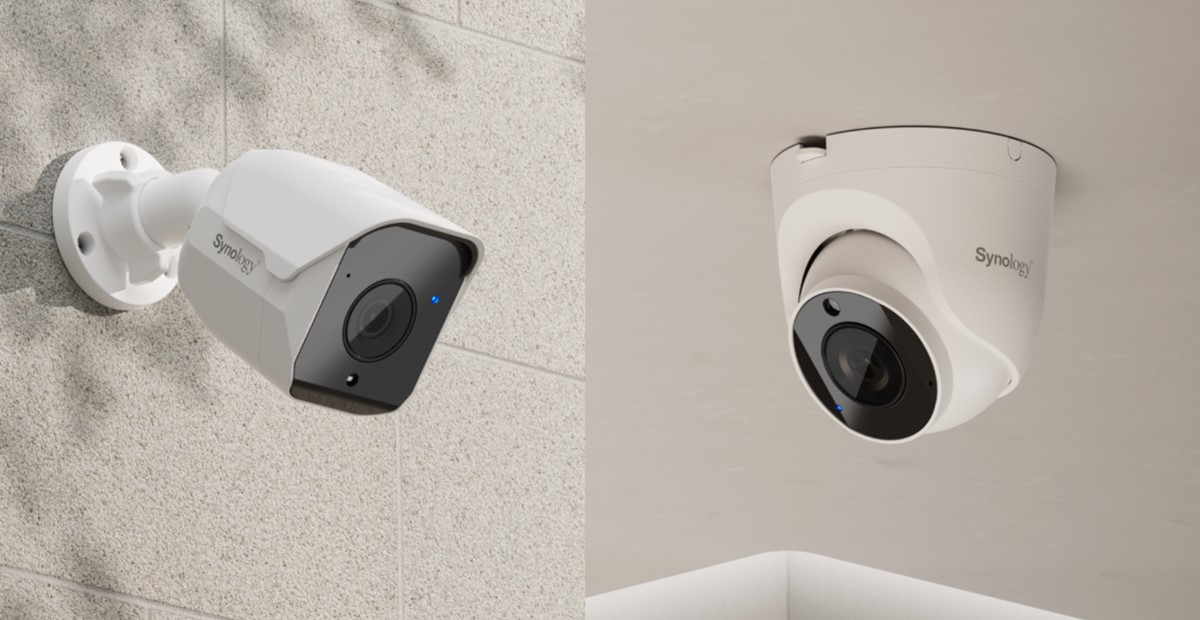
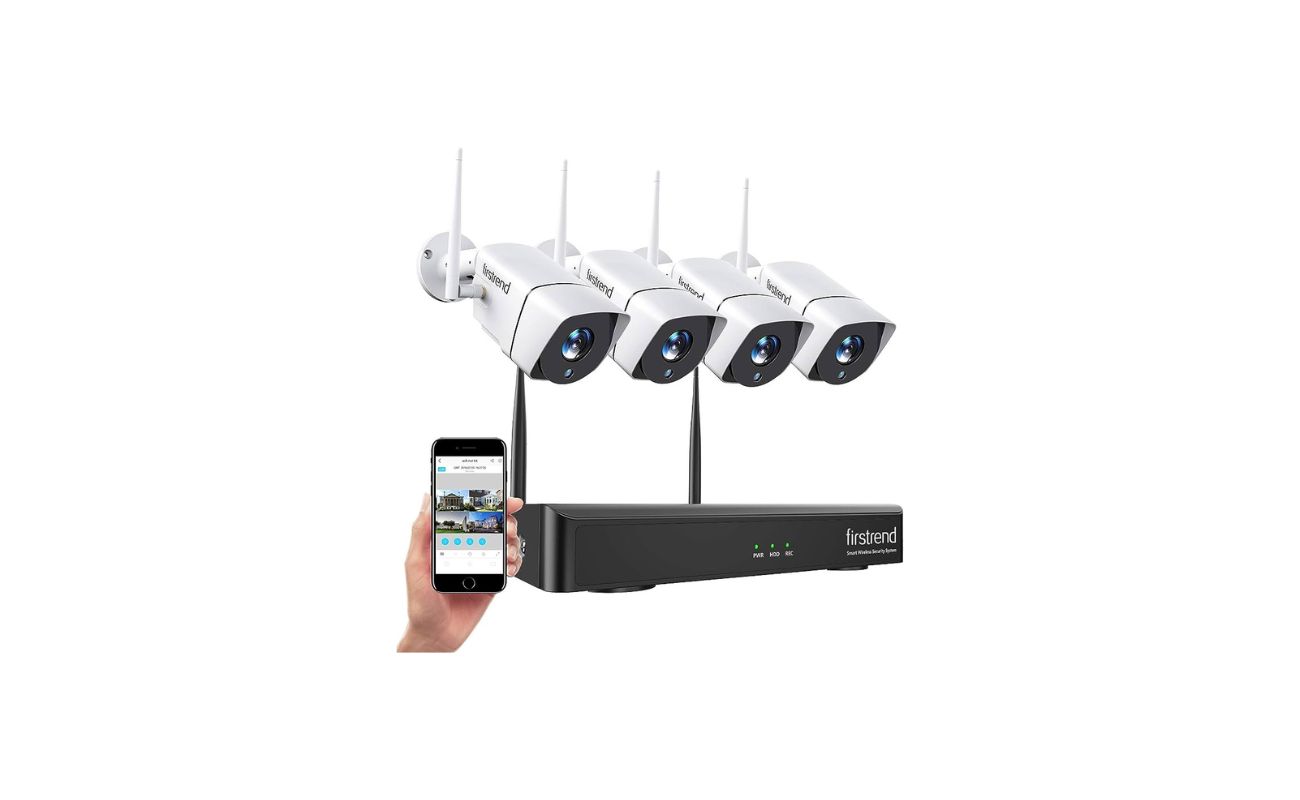
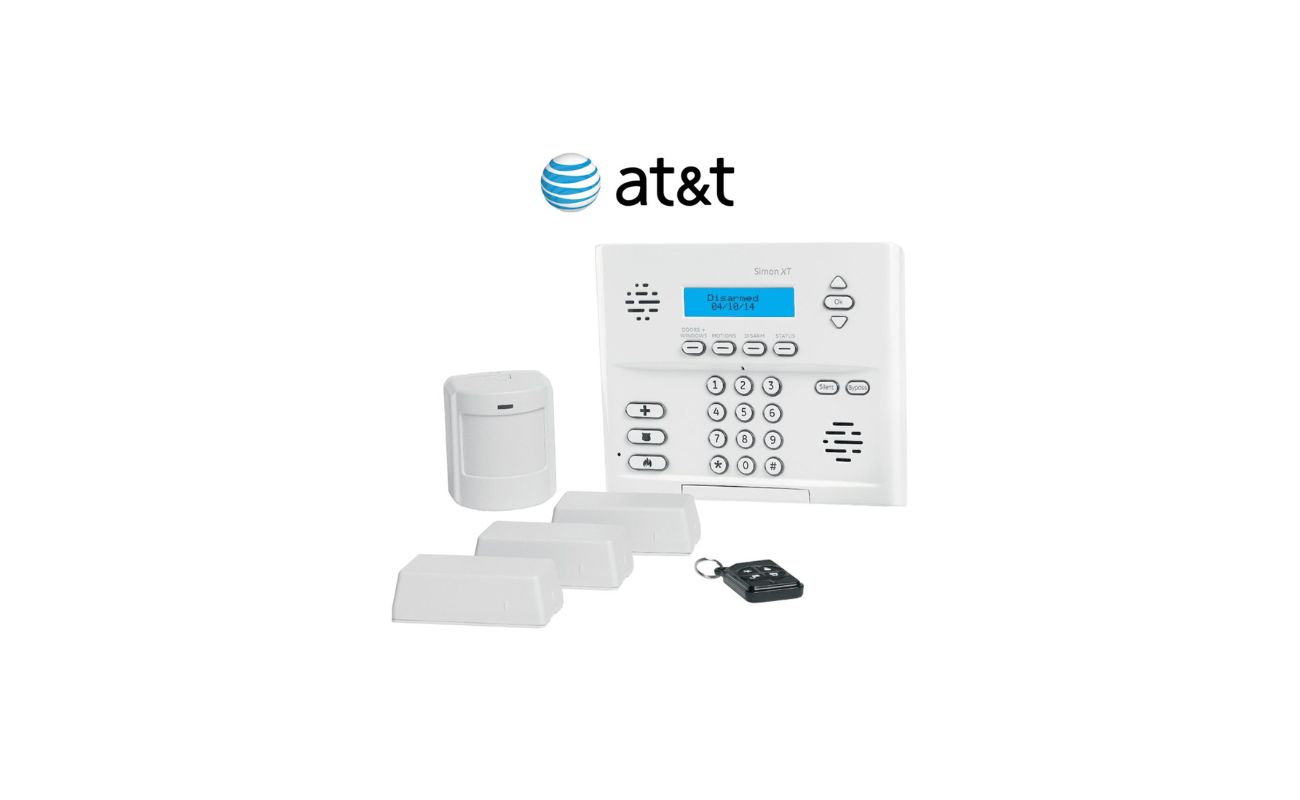
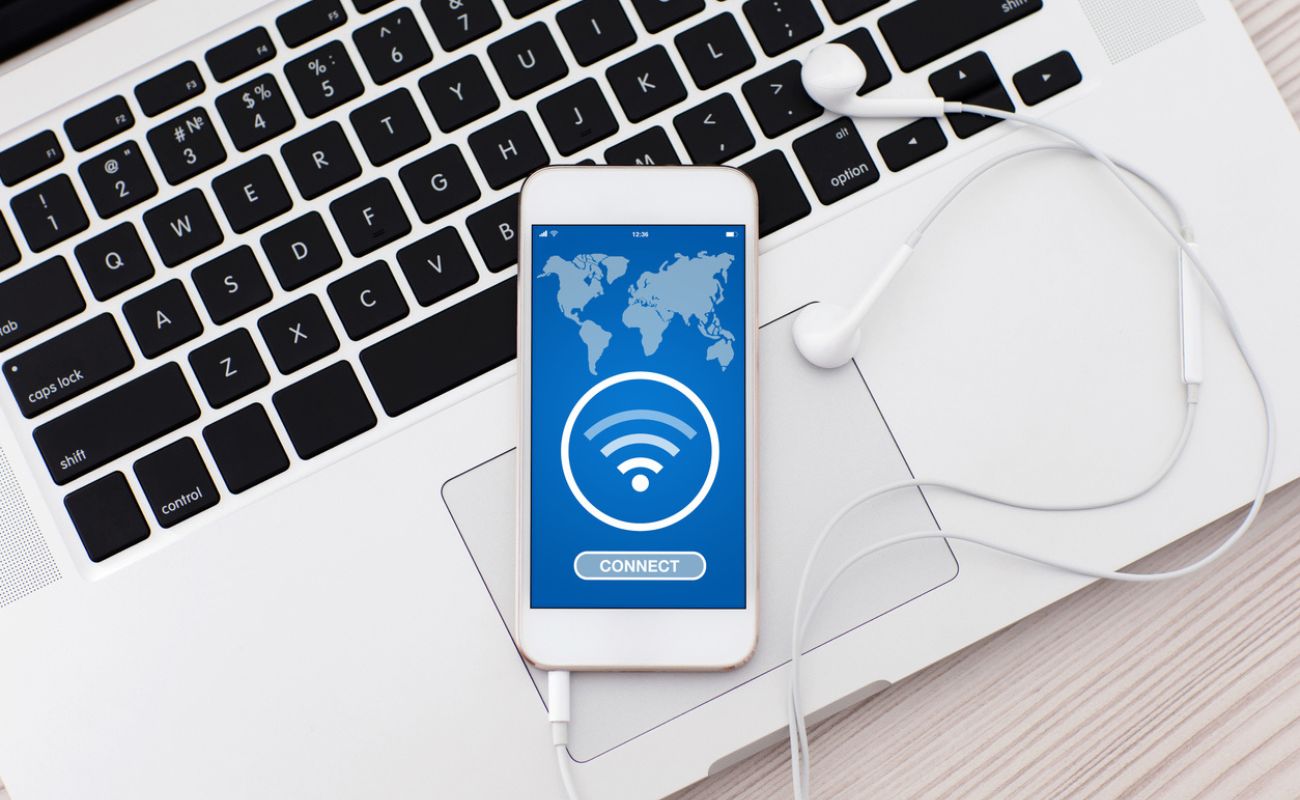
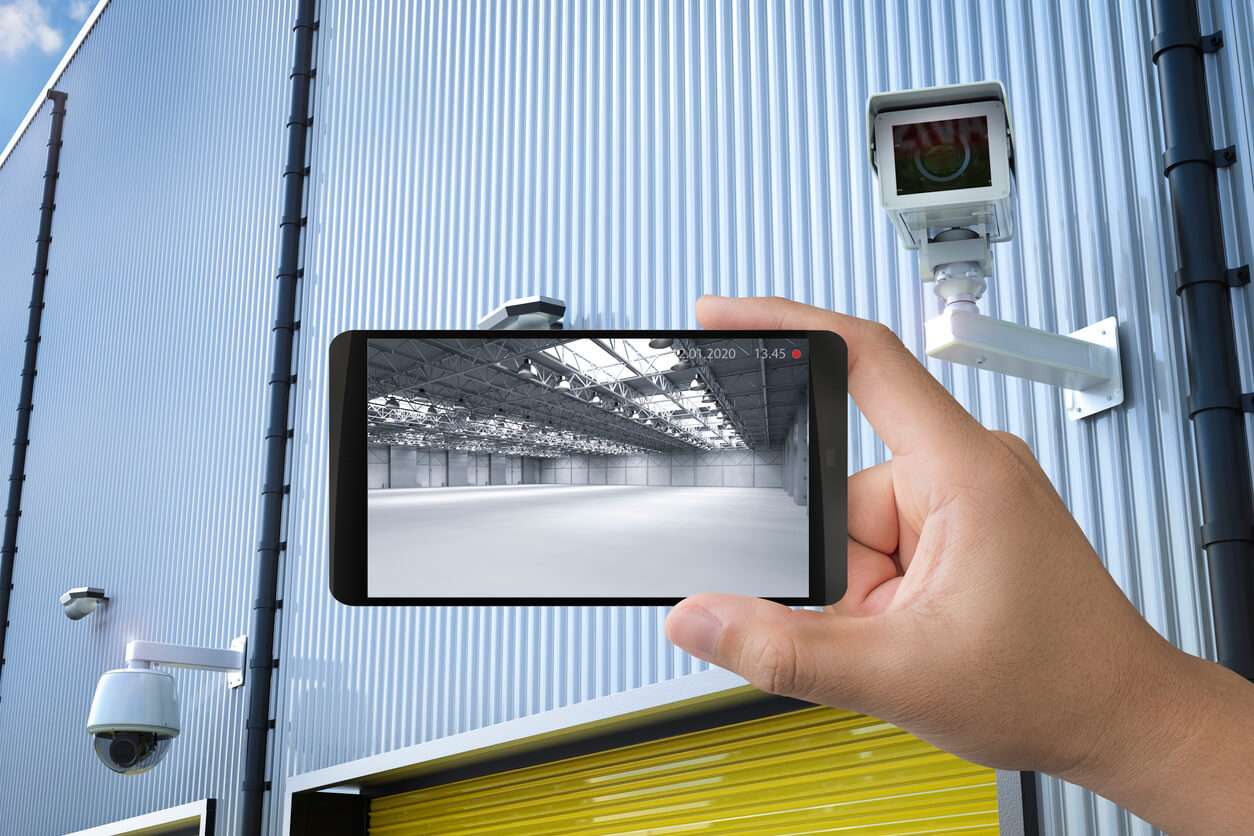


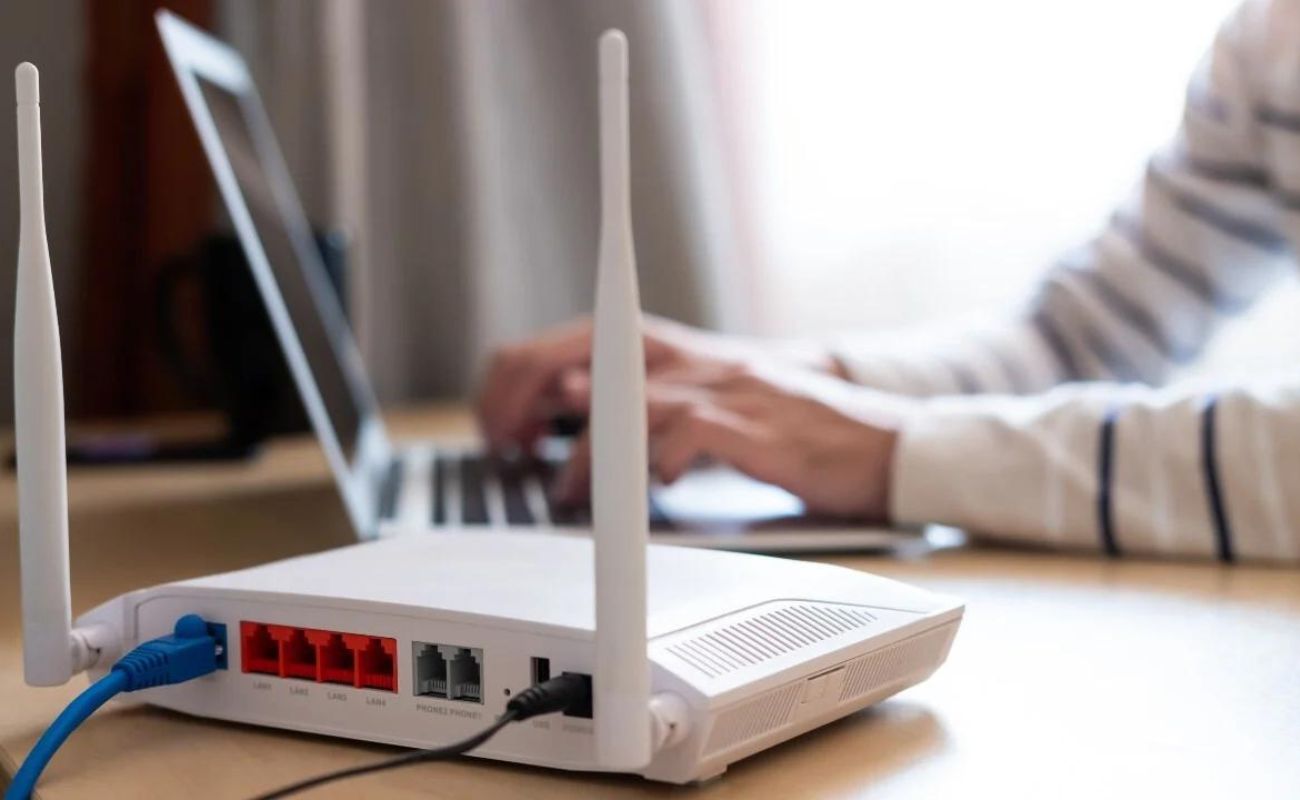

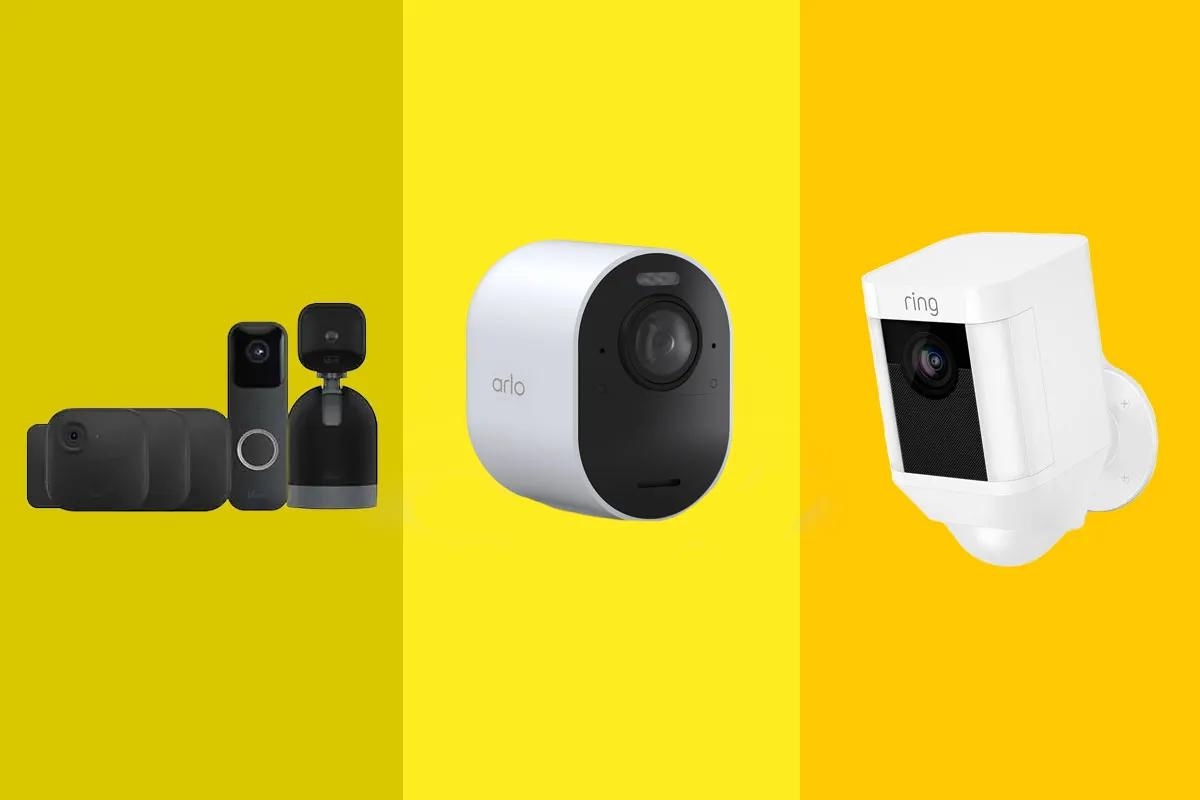
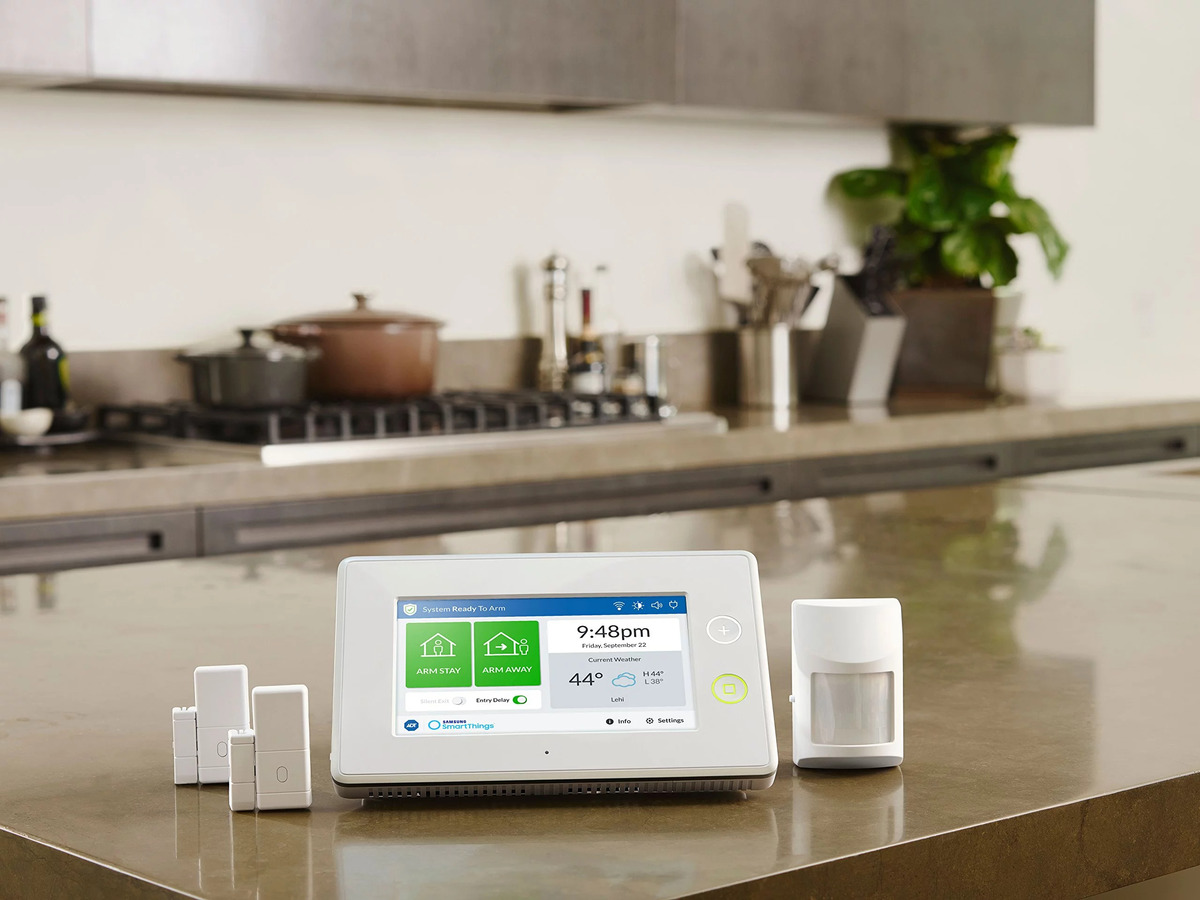
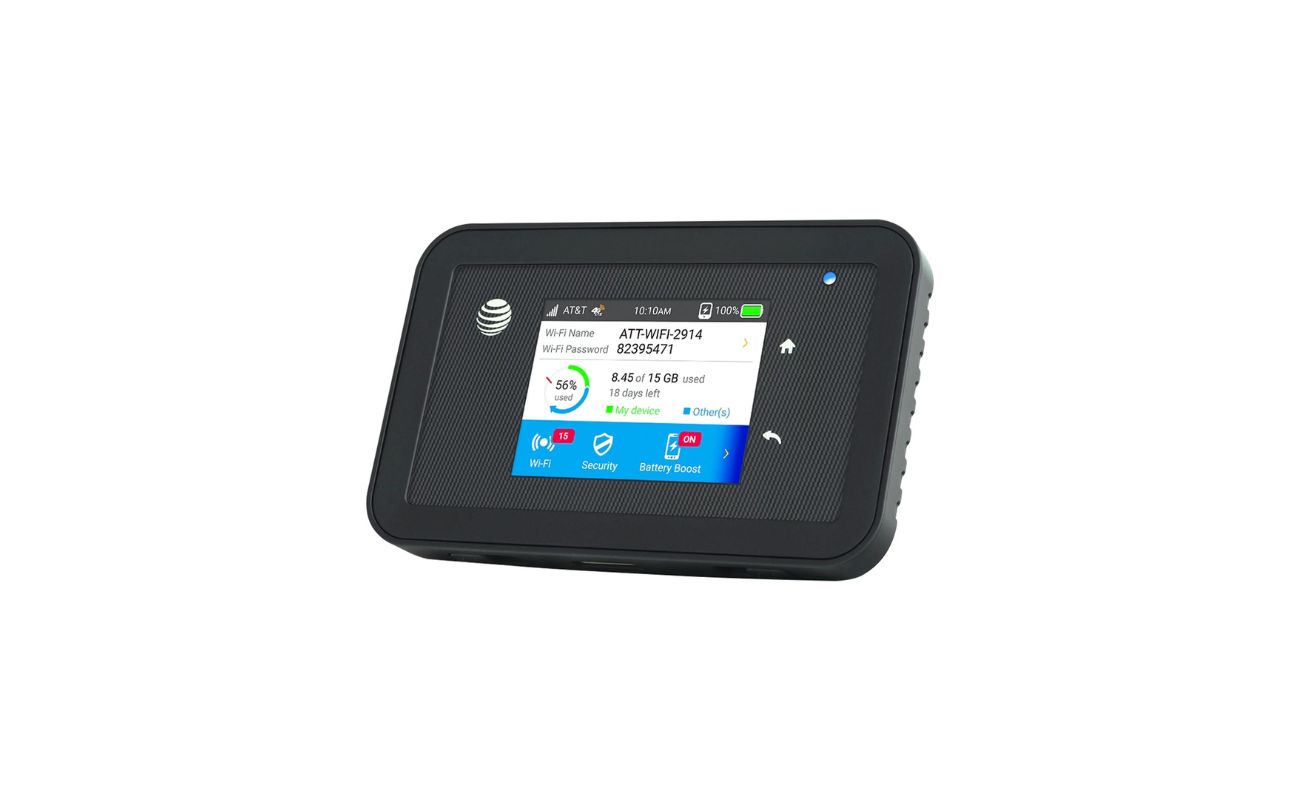
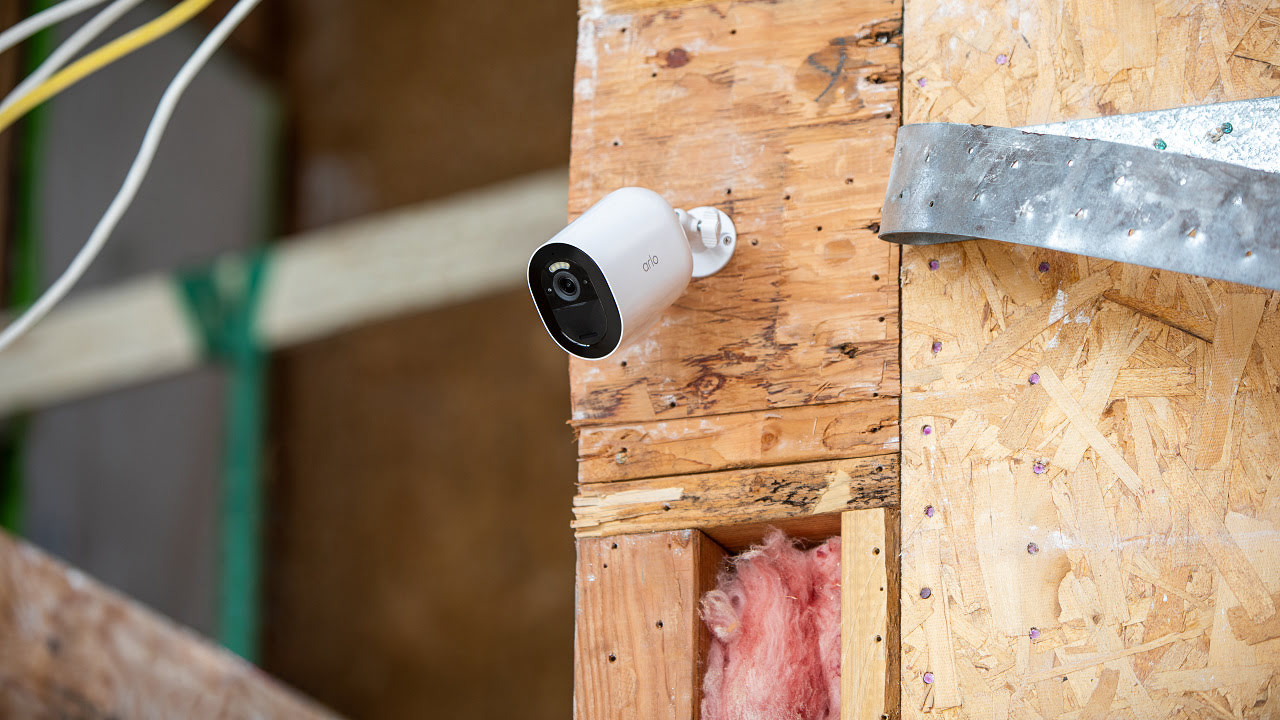

0 thoughts on “9 Tips and Tricks for Securing Your Smart Home Devices from Hackers”